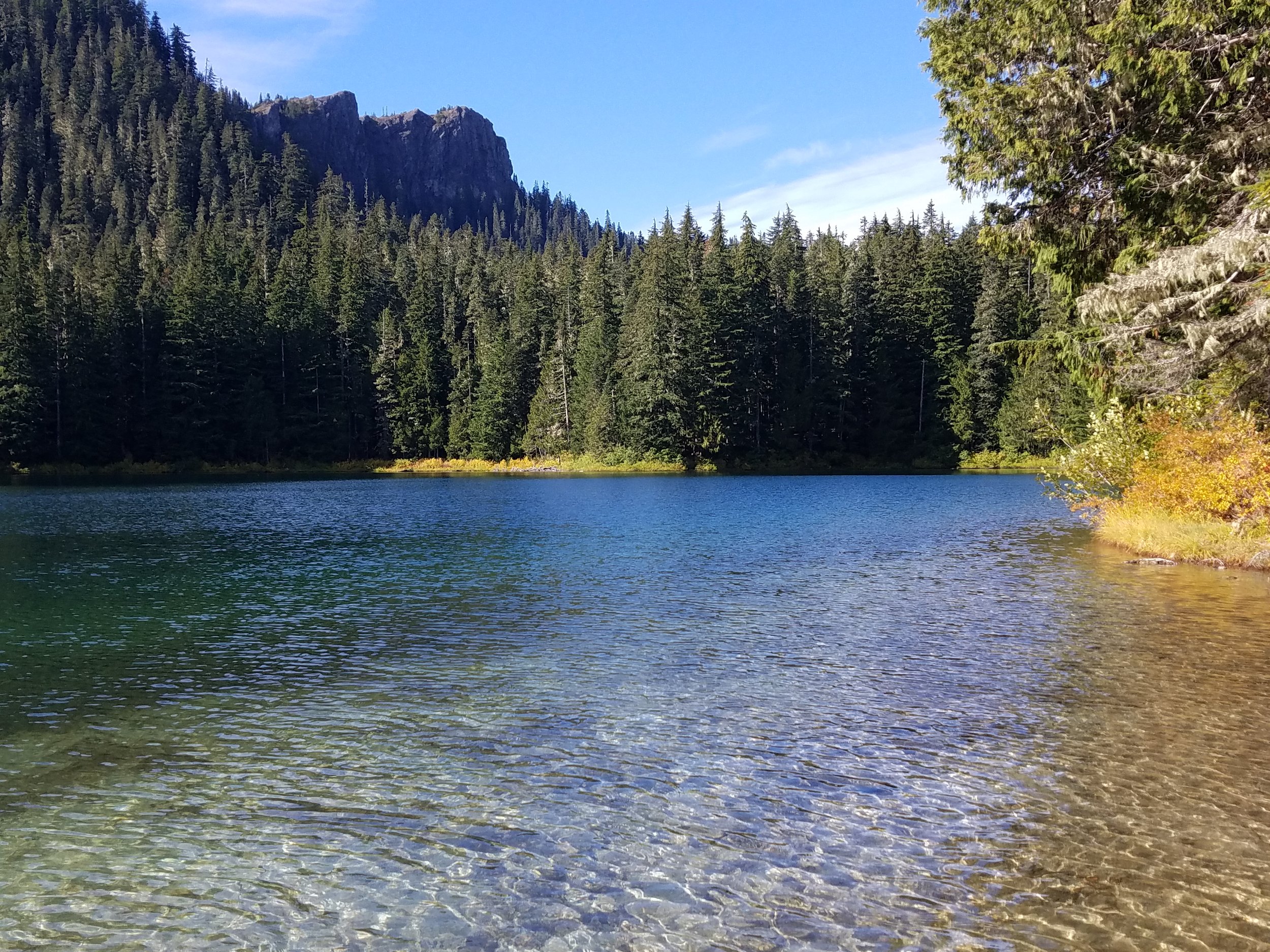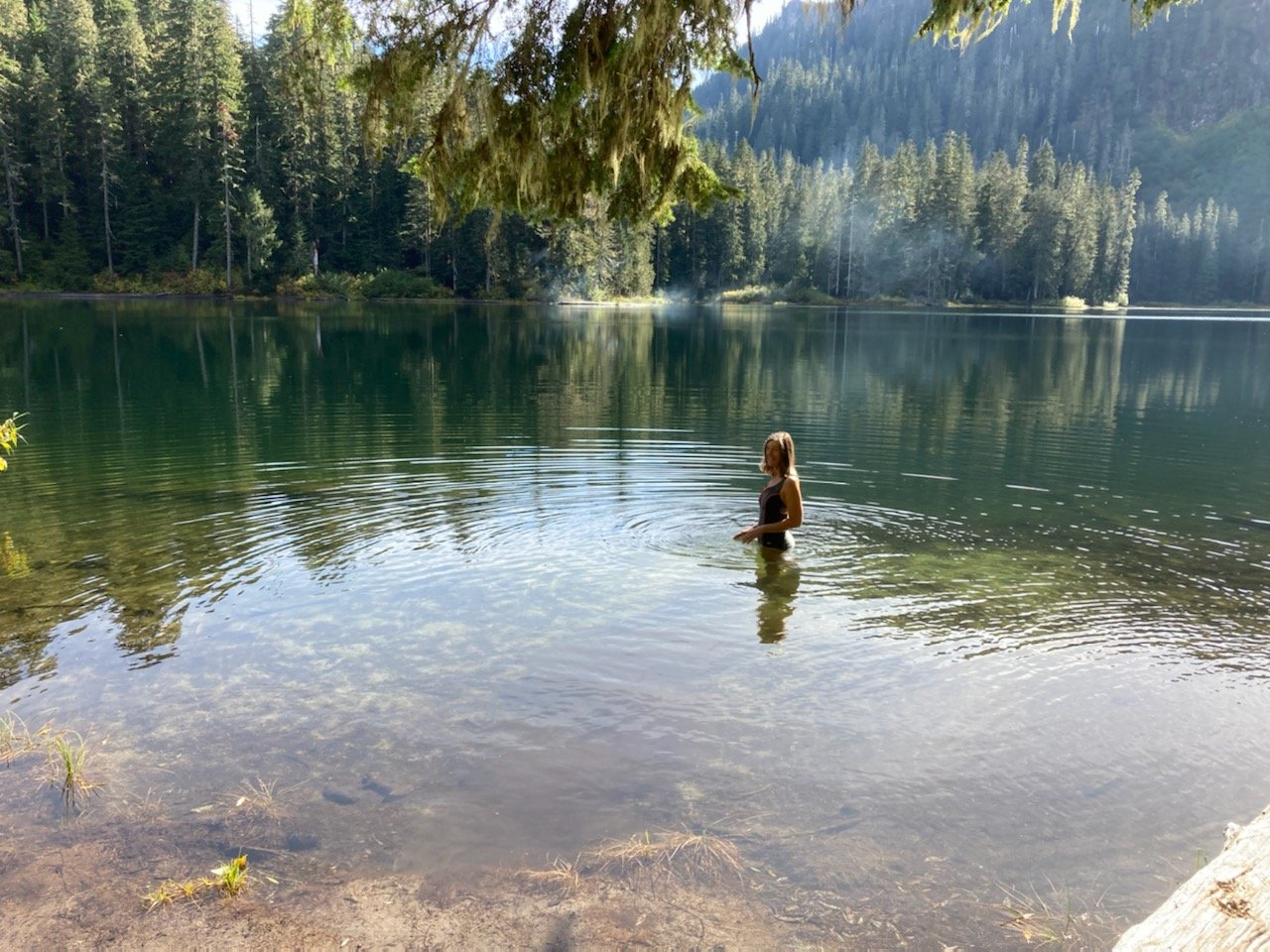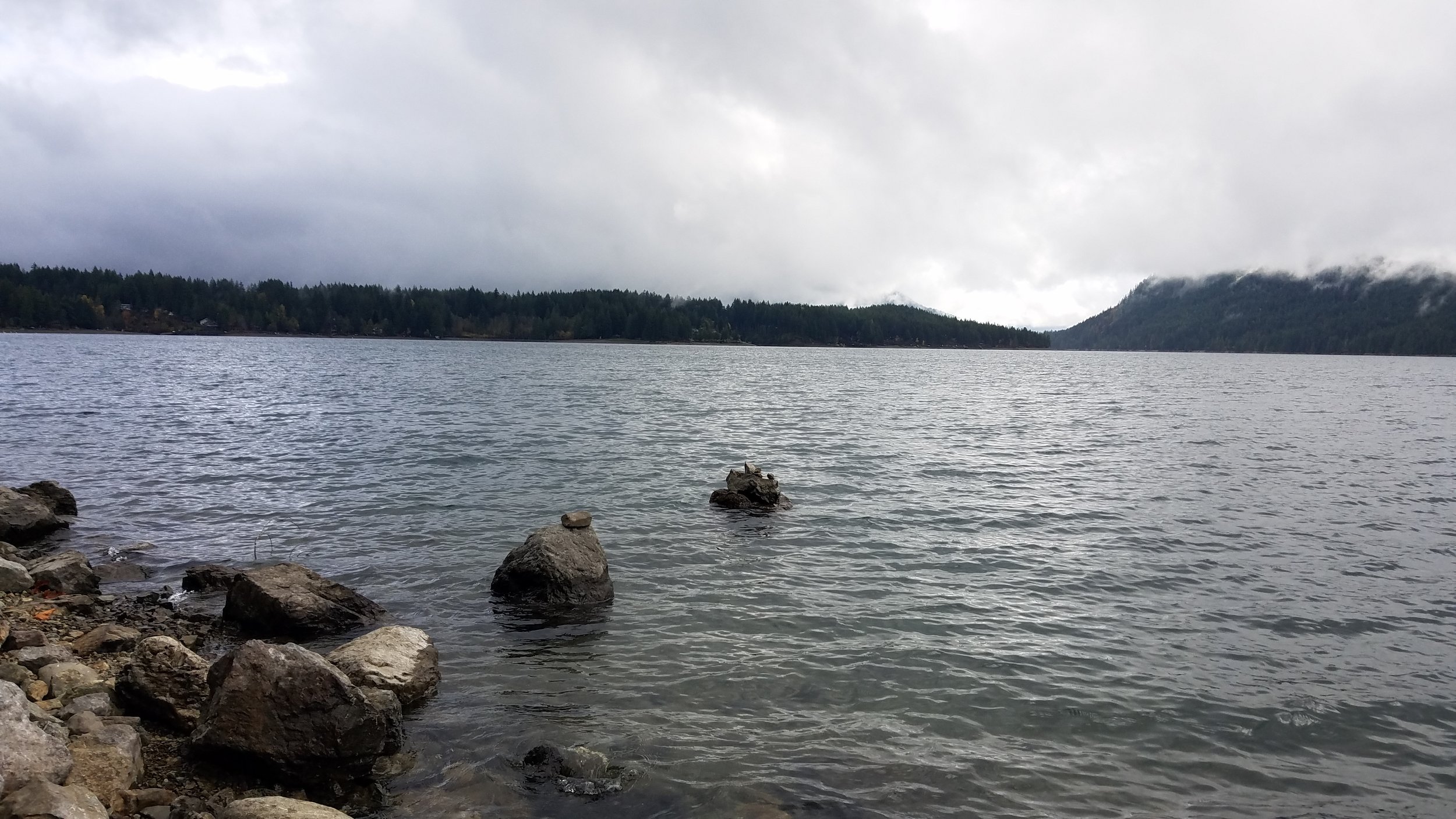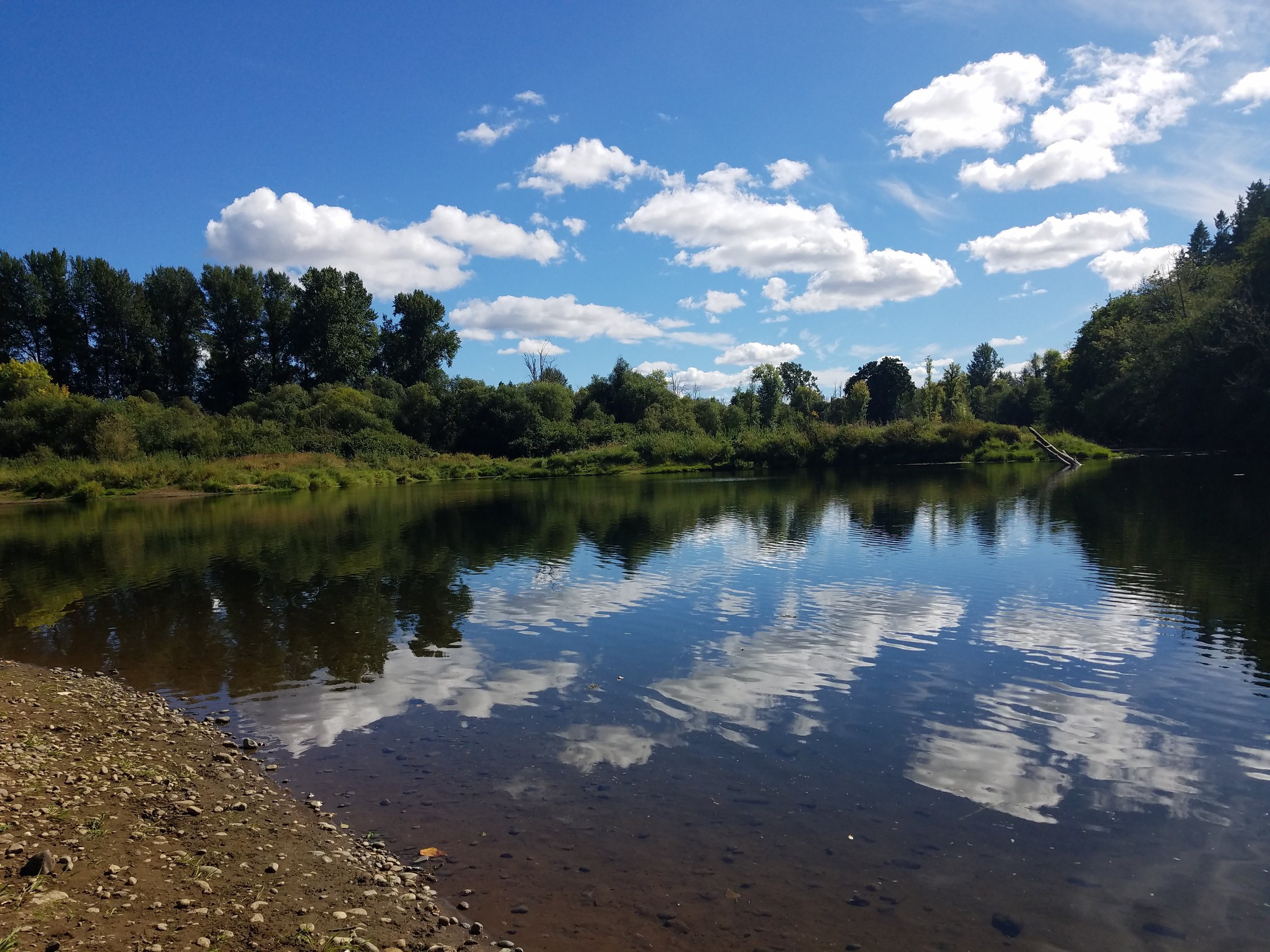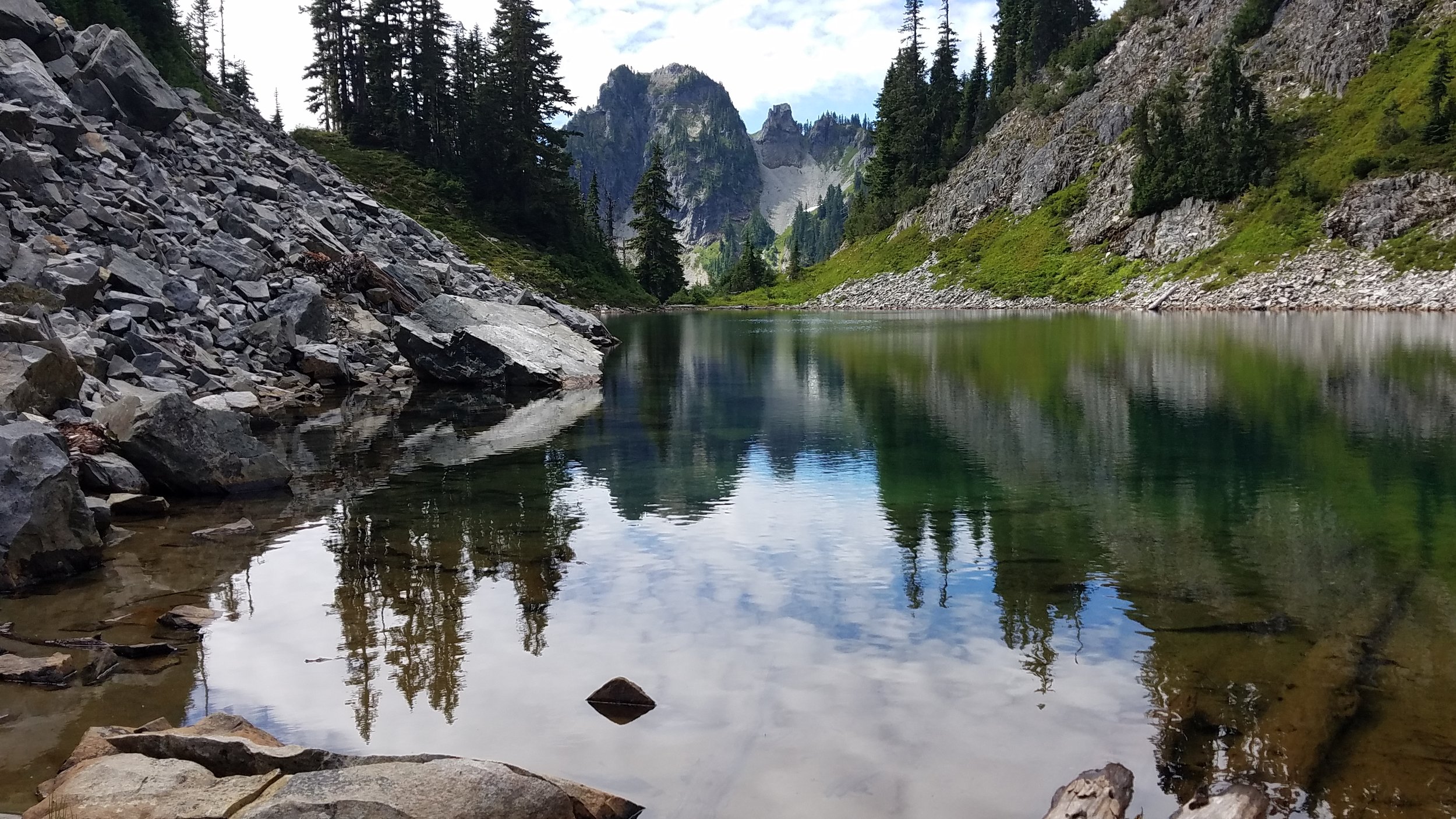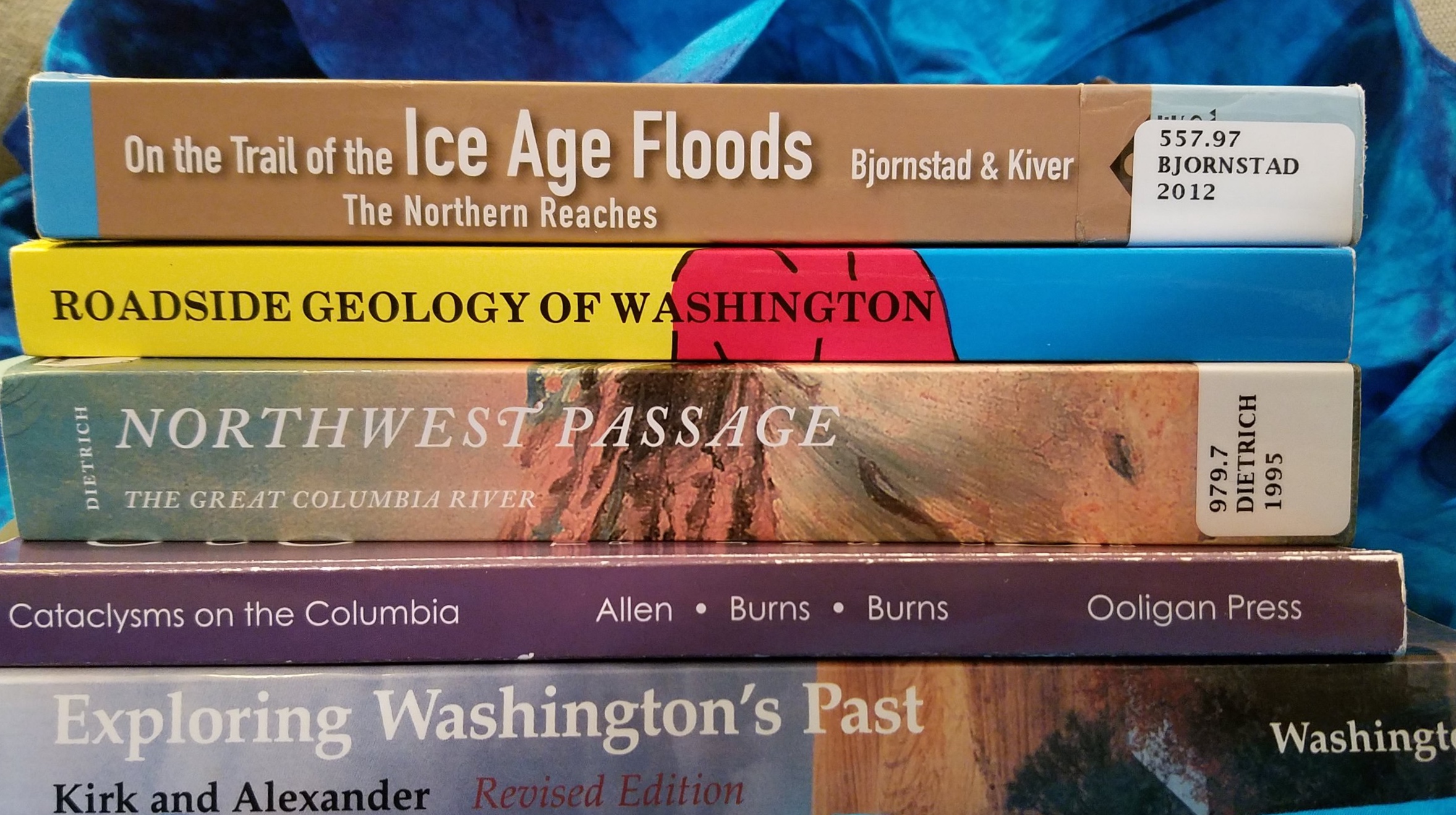The Summer of ‘21 was a good one for wild swimming. After two years of swimming in lakes whenever I could, I’ve finally broken down the barrier of “it’ll be too cold.” No lake or river was too cold for me this summer—perhaps because I’ve disassociated pain with cold, or because I have learned just how long to stay in before I get too cold, or because I am okay with a 30 second “swim” involving a wool hat and jogging in place afterward.
Beyond getting acclimated/habituated to the cold water, I have started to crave it. I still kinda dread it, but that’s a very small part of the whole experience.
I’ve swum in many new lakes and rivers in Maine, Vermont, and Washington this summer. All very cold and very wonderful in different ways. It was during a swim this summer in my local lake that I felt overwhelming gratitude for being in the water. It occurred to me as I was swimming under water that I was experiencing just one thing: The water. Just water. It was all I could feel, see, and hear. One thing.
The lake is too deep to see to the bottom so I was just looking into water and more water. With my head underwater, there was little sound but the splashing sounds I made. I was surrounded by one thing. I was moving through one thing. I was struck that this experience felt unusual. When was the last time I was completely enveloped in one thing? Even coming up for air exposed me to hundreds of things all at once—things I was lucky enough to experience, such as other people on the lake, the trees, the homes, the docks, the ducks, the boats, the boat ramp, the sky, and—of course the clouds. But I didn’t want to think about them just then. i was tired of thinking and processing.
Cold-water swimmers talk and write about the boost in mental clarity they often experience after a swim—one of the many benefits of this increasingly popular pastime. I think they are describing the after-effect of the swim, when your circulation is restored and “fresh” blood is pumping into your brain. I have certainly felt this—from feeling really awake to positively euphoric. I had not until my underwater swim wondered about the benefit of experience just one thing. Full immersion in the lake—even for a few minutes— felt like the perfect antidote to the “busy” mind, to multi-tasking, to a day of sensory overload, a day of too many screens and too many images. Meditation will also quell a busy mind but I am not practiced enough to have meditation feel like a very welcome sensory-deprivation tank.
For those readers who are wild swimmers or lap swimmers, may I recommend a few stretches of swimming underwater? Just a few breast-stroke/frog kicks through the water with no goal in mind except to experience the simple and extraordinary pleasure of one thing.


